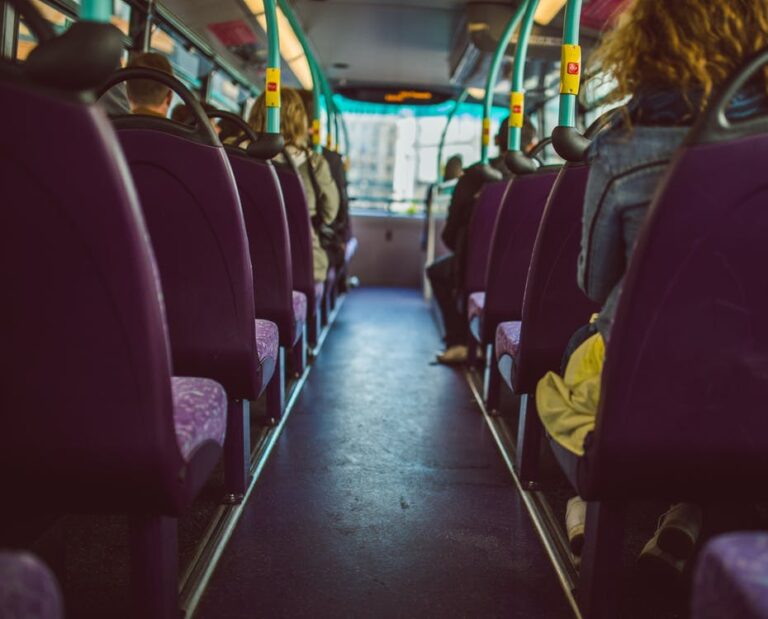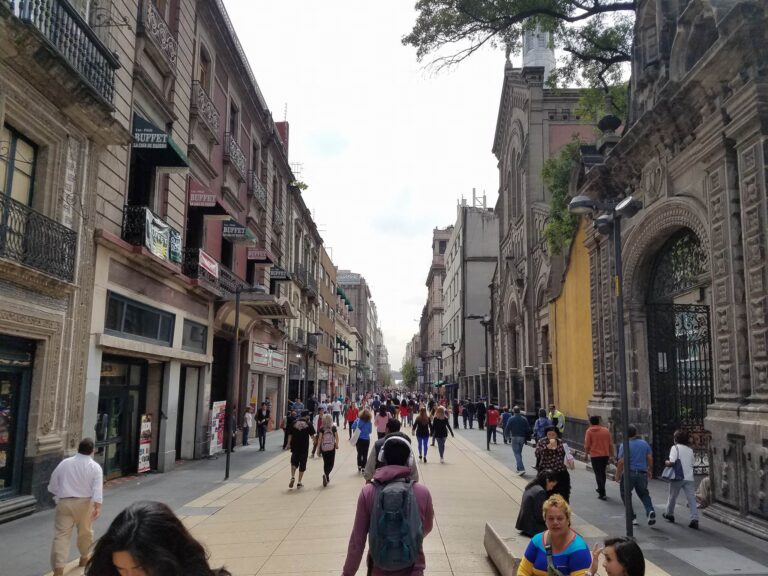Physical Address
304 North Cardinal St.
Dorchester Center, MA 02124
Physical Address
304 North Cardinal St.
Dorchester Center, MA 02124

At 4:30 am, alarms on my cellphone and tablet start beeping, just enough out of sync to prompt me to get up and turn them off. By 5:00 am, I riding as a passenger along an unusually sedate New Jersey Turnpike, making friendly conversation with my driver and survey partner to make sure he stays awake. At 5:30am, as most of the city sleeps, we find a drab concrete picnic table outside the bus depot and chow down on our cold, prepared breakfasts. Around us, buses are revving up and their drivers are chatting and smoking cigarettes. At 5:50 am, we find our bus and introduce ourselves to our driver for the day. All of the Alliance drivers seem to be Hispanic. Our run begins. You wouldn’t expect it, but the first run is always the sweetest. The riders trickle on, making it easy to approach them, and unlike the typical 8:00 am rush hour rider they are usually friendly and receptive to my request. I approach them and mechanically incant “Good morning Sir/Ma’am. Would you like to take a survey on your commute today for NJ Transit? It will only take a few minutes of your time.” My partner sits in the front, tallying the boardings, exits, and survey refusals. We will spend the next eight hours zigzagging across the New York City metropolitan area, asking harried riders about their commute. For the past month or so, this has been my part-time job: surveying bus riders about their origins, destinations, and travel preferences for NJ Transit. The job is just engaging enough that I rarely have time for sleeping or class readings, but has enough slow periods that my mind can wander on the question of bus planning. Although I am not authorized to read any of the surveys […]

This piece was coauthored by Nolan Gray and Katarina Hall. It’s like Los Angeles, but worse. To many, that’s the mental image of Mexico City: a city of unending traffic, unbearable smog, and unrestrained horizontal expansion. Yet when one walks the streets of Mexico City, a distinct reality comes into view: a city of wide sidewalks and integrated bike lanes, lush parks and cool street tree canopies, and dense, mixed-use urban neighborhoods. As a matter of fact, nearly every neighborhood within Mexico City’s giant ring road—the Circuito Interior—has a walkscore above 95. Many major U.S. cities lack even one neighborhood with such a high score. Even on the outer fringe of Mexico’s sprawling Distrito Federal, neighborhoods often have walkscores upwards of 70, qualifying as “very walkable.” What makes Mexico City so walkable? The first thing an American might notice about Mexico City is just how busy the city’s sidewalks are. It’s a city of 21,339,781, and it shows. But this busyness isn’t a mere side-effect of size; it’s a natural result of the city’s generous sidewalks and high-quality pedestrian infrastructure. Many downtown roads host spacious sidewalks, accommodating an unending sidewalk ballet of commuters, tourists, and street vendors. Wide medians along major boulevards offer both refuge for crossing pedestrians and a public space in which people are encouraged to meet and relax. Many of the city’s busiest downtown areas have been closed to automobile traffic. Mexico City’s main road—Paseo de la Reforma—is reserved on Sundays for pedestrians and cyclists. “Jaywalking” is normal and in many cases is assisted by traffic police—a stark contrast to the near persecution pedestrians often face in U.S. cities. The ample space for pedestrians attracts not only foot traffic but also the people watchers who come to enjoy the vitality, in turn keeping many downtown […]